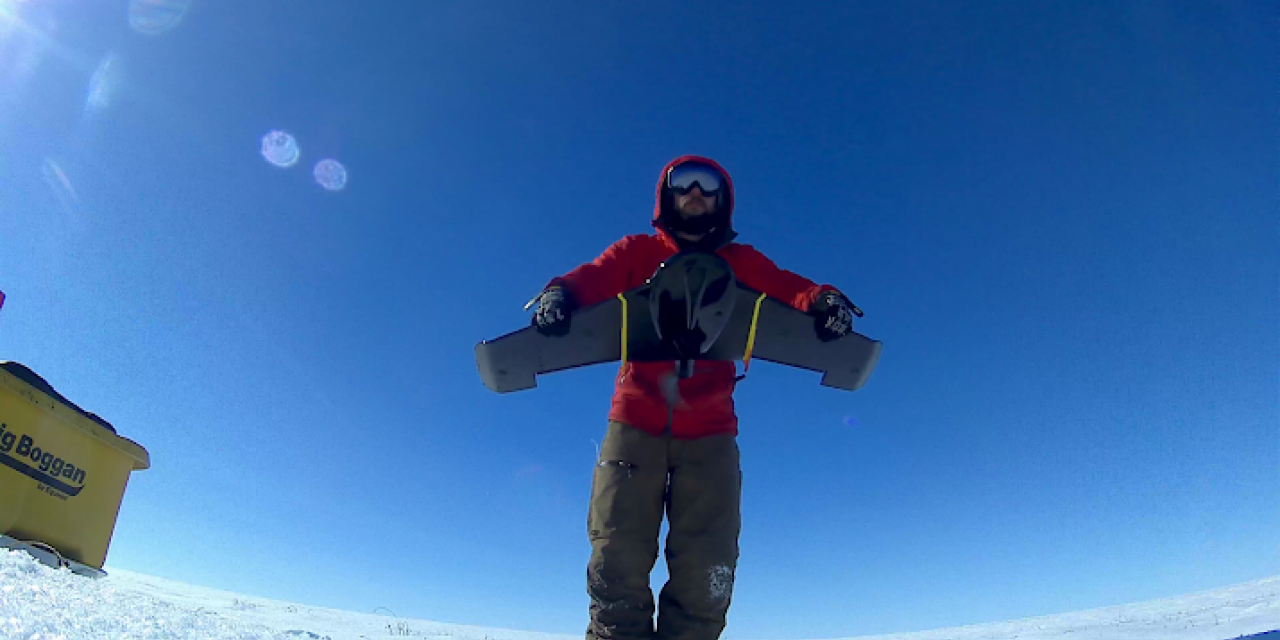
Main Project Contact:
Joel McAlister
Dr. Philip Marsh
Project Start Date:
1991
Project End Date:
Ongoing
Project Name:
Environmental Change at the Trail Valley Creek Research Watershed
Overview:
The Trail Valley Creek Research Station is located 50 km north of Inuvik, Northwest Territories. Research started at this site in 1991. Trail Valley Creek drains 58 km2 of tundra, with patches of shrubs and boreal forest, and is underlain by ice-rich continuous permafrost. This area is one of the most rapidly warming regions on Earth. Research at Trail Valley Creek is complemented by observations at the Havikpak Creek research watershed, which is located 50 km to the south and is primarily forested.
Due to the rapid changes in this environment, there is an urgent need to understand how the changing climate is affecting their shared water resources and ecosystems now and in the future, and to transfer this knowledge to all Canadians.
The Trail Valley Creek Research Station is headed by Professor Philip Marsh of Geography and Environment Studies, Canada Research Chair in Cold Regions Water Science at Wilfrid Laurier University, Ontario.

Objectives:
The Northwest Territories is experiencing unprecedented rates of climate change and industrial expansion. In response, Trail Valley Creek/Havikpak Creek researchers are working to:
- Develop and mobilize new knowledge on the hydrological and ecological impacts of changes in snow, soil moisture and permafrost thaw.
- Develop new modelling tools to predict the rates and patterns of the hydrological and ecological consequences of climate change.
- Transfer knowledge of the impacts of climate change on Arctic Canada to northerners and all Canadians.
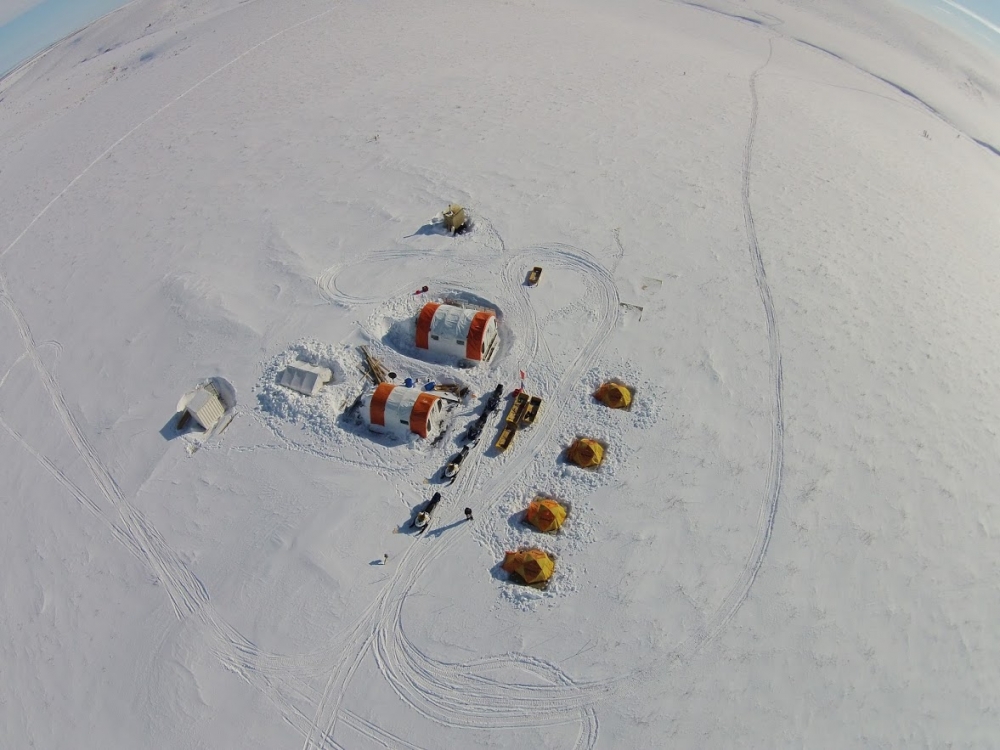
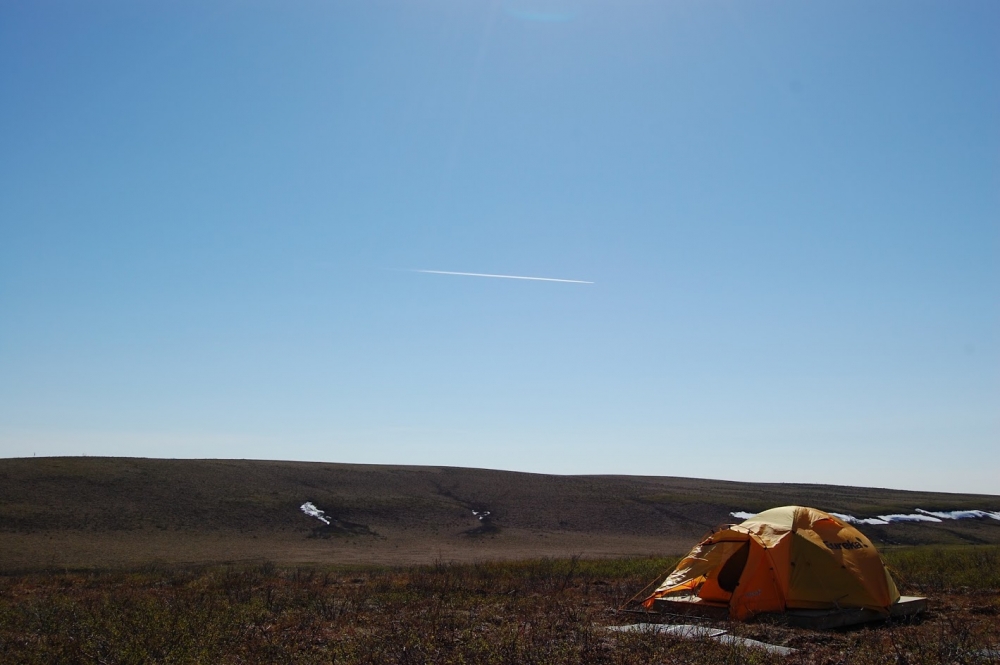
Location:
Located 50 km north-northeast of Inuvik, NWT, and 80 km south of the Beaufort Sea, Arctic Ocean. The study catchment is dominated by gently rolling hills and some deeply incised river valleys. Located at the northern edge of the boreal forest vegetation of upland tundra areas consists mostly of grasses, lichens, and mosses and valley bottoms support shrub tundra with vegetation ranging from 0.5 m to 3 m in height. Pockets of black spruce forest are scattered throughout the basin. The climate is characterized by 8-month snow-cover period. Mean annual air temperature is about -10 °C and annual precipitation is about 266 mm (66% of which is snow).
Methods:
Researchers use a variety of standard and cutting edge research techniques resulting in in-the-field physical measurements and complex mathematical modelling of the site. Areas of special interest focus on monitoring vegetation, permafrost thaw, changing snow and precipitation regimes, greenhouse gas emissions, lakes and stream, and landscape-ecosystem interactions. The long-term data record at this location allows researchers to measure and predict how these systems have changed- and will change- under a further warming climate. Our long-term research and monitoring program also provides knowledge to better understand the impacts of the recently opened Inuvik-Tuktoyaktuk Highway (ITH) on this environment and impacts of changing stream flow or catastrophic lake drainage on the ITH.
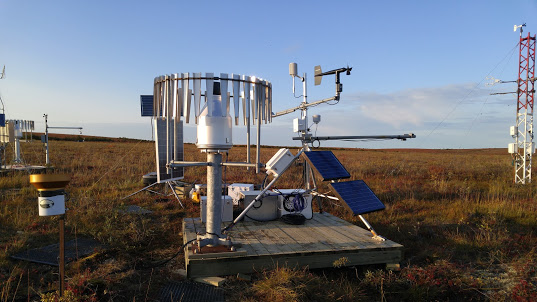
Schedule:
The National Hydrology Research Centre Water of Environment and Climate Change Canada (ECCC) operated a meteorological station at TVC from 1991 to 2013, and conducted other research at the site during this period. In addition, ECCC has operated a weather station since here since 1999, while Water Survey of Canada has operated a streamflow gauging station at the outlet of the watershed since 1979. Wilfrid Laurier University has operated TVC since 2013. Research typically takes place annually between April-September with up to 10 persons in camp. Recently, there has been an increase in winter field campaigns (December-March).
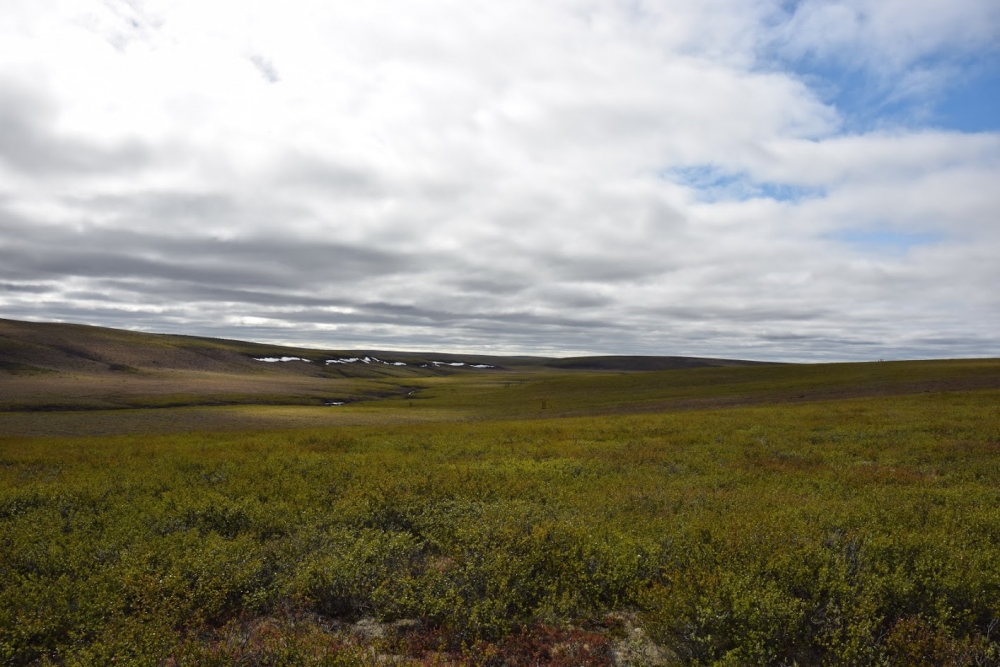
External Partners:
Philip Marsh, Wilfrid Laurier University, Waterloo, Ontario
Aaron Berg, University of Guelph, Guelph, Ontario
Branden Walker, Wilfrid Laurier University, Waterloo, Ontario
Chris Derksen, Environment and Climate Change Canada (ECCC)
Derek Gray, Wilfrid Laurier University, Waterloo, Ontario
Jenn Baltzer, Wilfrid Laurier University, Waterloo, Ontario
Julia Boike, Alfred Wegner Institute, Postdam, Germany
Oliver Sonnentag, University of Montreal, Montreal, Quebec
- Cold Regions Research Centre, Wilfrid Laurier University
- Canadian Network of Northern Research Operators
Media:
- How Thawing Permafrost Is Beginning to Transform the Arctic
- Collapsing permafrost is transforming Arctic lakes, ponds and streams
Social Media:
Facebook
Twitter
Instagram
Tumblr
Keywords:
Climate, hydrology, cryosphere, ecology, atmosphere, snow, permafrost, vegetation, greenhouse gas
